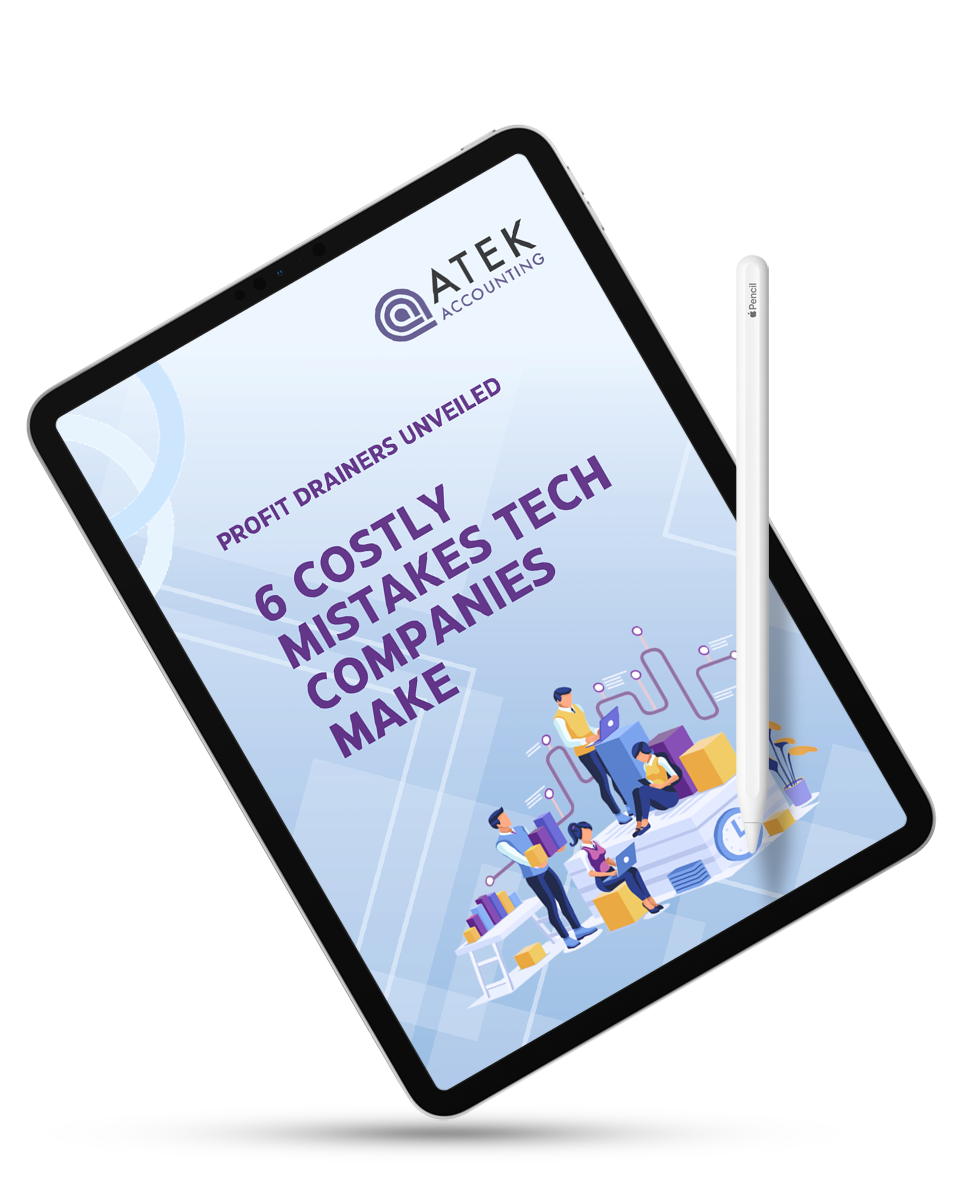
In the fast-paced world of Software as a Service (SaaS), success depends on more than just product innovation — it requires a clear understanding of how your business is performing.
Tracking the right SaaS KPIs gives you a powerful advantage. It helps you measure progress, uncover opportunities, and make informed decisions based on data rather than gut instinct.
Whether you’re just starting out or looking to scale, these are the key financial metrics every SaaS company should be tracking.
Key Financial Metrics for SaaS Companies to Monitor
1. Monthly Recurring Revenue (MRR)
MRR is the lifeblood of any SaaS business. It represents the predictable revenue earned from subscribers each month.
Why It Matters:
-
Offers a snapshot of your company’s financial health.
-
Helps you track the effectiveness of sales and retention efforts.
How to Calculate:
-
New MRR = Revenue from new customers in the month.
-
Expansion MRR = Revenue from upsells, cross-sells, or upgrades.
-
Churn MRR = Revenue lost due to cancellations or downgrades.
-
Total MRR = (New MRR + Expansion MRR) – Churn MRR
Healthy SaaS startups typically see MRR growth of 10–20% monthly in early stages, then aim for consistent positive growth as they mature.
2. Customer Acquisition Cost (CAC)
CAC is one of the most critical SaaS KPIs, showing how much you’re spending to bring in each new customer, including marketing and sales costs.
Why It Matters:
-
Reveals whether your acquisition efforts are cost-effective.
-
Helps optimise your marketing and sales spend.
How to Calculate:
-
CAC = Total Sales & Marketing Spend ÷ Number of New Customers Acquired
Aim for a CAC:CLTV ratio of 1:3 or better. Spending too much to acquire customers can hinder your profitability and cash flow.
3. Customer Lifetime Value (CLTV)
CLTV estimates the total revenue a customer will generate during their time with your business. It’s a cornerstone of any strong SaaS metrics dashboard.
Why It Matters:
-
Predicts long-term profitability.
-
Guides how much you can afford to spend on acquisition and retention.
How to Calculate:
-
CLTV = (Average Revenue per Account × Gross Margin) ÷ Customer Churn Rate
For sustainable growth, your CLTV should be at least 3x your CAC.
4. Churn Rate
Churn Rate is a vital startup financial metric, especially for subscription-based businesses. It shows the percentage of customers who cancel their subscriptions in a given period.
Why It Matters:
-
High churn can indicate product or support issues.
-
Reducing churn boosts long-term revenue.
How to Calculate:
-
Churn Rate = (Customers Lost During Period ÷ Customers at Start of Period) × 100
The average churn rate for SaaS businesses is about 5-7% annually.
5. Average Revenue Per User (ARPU)
ARPU is a key SaaS KPI that measures the average monthly revenue generated per customer or account.
Why It Matters:
-
Evaluates how well your pricing model performs.
-
Identifies high-value customer segments.
How to Calculate:
-
ARPU = Total Revenue ÷ Total Number of Customers
Monitor monthly. Growth-stage SaaS companies can drive profitability by increasing ARPU through upsells or tiered pricing — even without growing user numbers.
6. Gross Margin
Gross Margin shows the percentage of revenue left after subtracting the cost of service delivery. It’s a key profitability SaaS metric.
Why It Matters:
-
Higher margins mean more room to invest in growth.
-
Highlights the impact of infrastructure and support costs.
How to Calculate:
-
Gross Margin = [(Total Revenue – Cost of Goods Sold) ÷ Total Revenue] × 100
A gross margin above 75% is typically considered good for a SaaS business.
7. Customer Engagement Metrics
Customer engagement metrics are vital for predicting churn and improving product experience — must-haves on any comprehensive SaaS metrics dashboard.
Why It Matters:
-
Engaged users are more likely to renew, upgrade, or refer others.
-
A drop in engagement often precedes cancellations
Key Metrics:
-
Daily Active Users (DAU) / Monthly Active Users (MAU)
Measures user activity to gauge engagement. -
Feature Usage Rates
Tracks how often key features are being used. -
Average Session Duration
Shows how long users engage with your platform.
Optimise Your SaaS Growth With Atek
At Atek, we help SaaS businesses transform performance data into strategic decisions.
By integrating key SaaS metrics into your regular reporting and review processes, we support smarter financial planning, stronger customer retention, and more predictable growth.
Let’s talk about how we can support your SaaS journey. Contact us to learn more.
More resources:





